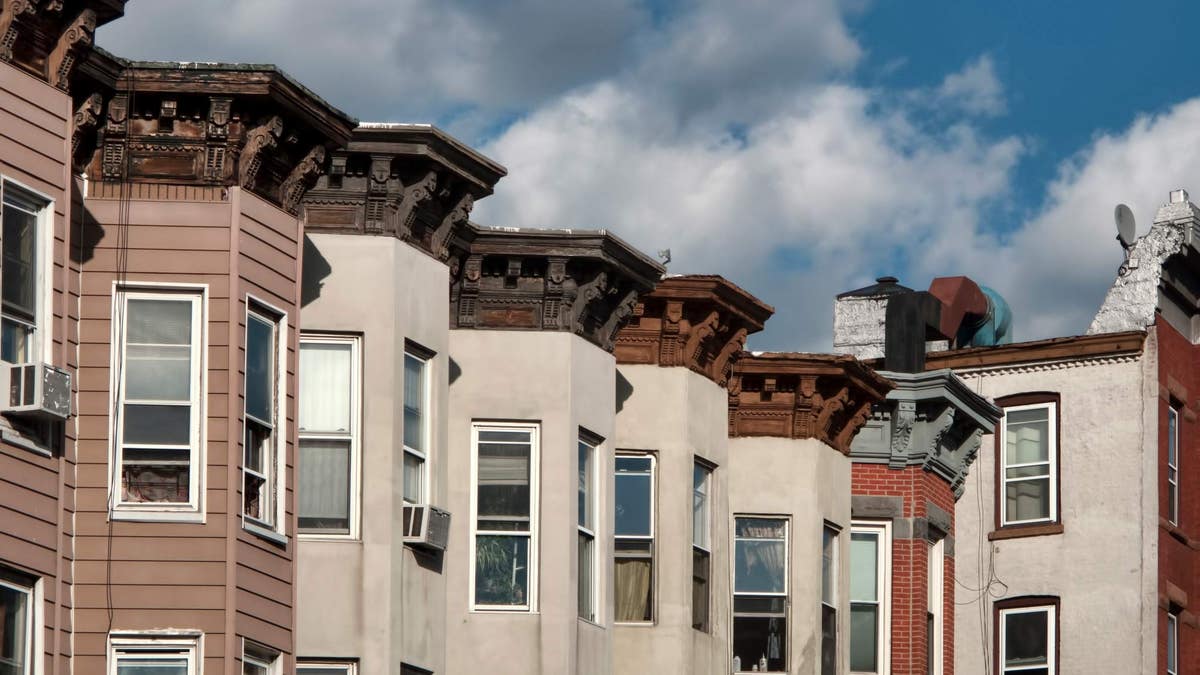
Low income housing in Sunset Park, New York City (Busà Photography)
It's etched in the U.S. Constitution that Americans have the right to life, liberty, and the pursuit of happiness -- but what about the right to a roof over your head? When you get down to it, few things are more important, which is why the U.S. government makes an effort to help low-income Americans with affordable housing.
But what is affordable housing, exactly?
"Affordable housing" is an umbrella term encompassing a variety of government-subsidized programs for low-income families, seniors, and people with disabilities, aimed at helping them find places they can afford to live. Here are the main options:
- Section 8: The government reimburses the landlord for a portion of a qualifying tenant's rent.
- Government (public) housing: Options range from scattered single-family houses to high-rise apartments. There are approximately 1.2 million families and individuals living in public housing units, but their numbers are decreasing as they are replaced by the next option on this list.
- Affordable housing built by private developers: With the incentive of government tax credits, a growing number of real estate investors are constructing low-income housing. If the builder of that new apartment complex in your neighborhood sets aside a certain number of apartments to be rented to low-income families at affordable housing rates, the builder gets a tax break from Uncle Sam.
Who qualifies for affordable housing?
Under the federal government's definition, you can be considered "low-income" and therefore eligible for assistance if your combined family income is under 80% of your area's median income. For example, the state median income in California is $61,320. If your household income is less than 80% of that -- $49,055 or less -- you might be eligible for some affordable housing programs.
Unfortunately, being eligible doesn't mean you'll actually get the help you need. According to the Center on Budget and Policy Priorities, under current funding levels, affordable housing programs can assist only approximately 4.8 million low-income families -- that's about 1 in 4 eligible households. And the waiting lists in some communities are extremely long. Cities such as Los Angeles have an estimated waiting list of more than 10 years!
"Most affordable housing initiatives in this country are substantially oversubscribed, and it could take years on a waiting list for you to be able to take advantage of them," says Alan Greenlee, executive director of the Southern California Association of Non-Profit Housing. Often, by the time people make it to the top of the list, they're earning more and no longer qualify.
The bright side is that the wait isn't always that bad. For instance, small metro areas in other states, like Missouri and Mississippi, have affordable housing available right now. So be sure to check with your local housing authority for options in your area.
For more information on affordable housing in general, go to the Department of Housing and Urban Development website at HUD.gov.
-- -- -- -- --
Watch: Is It Smarter to Rent or Buy?